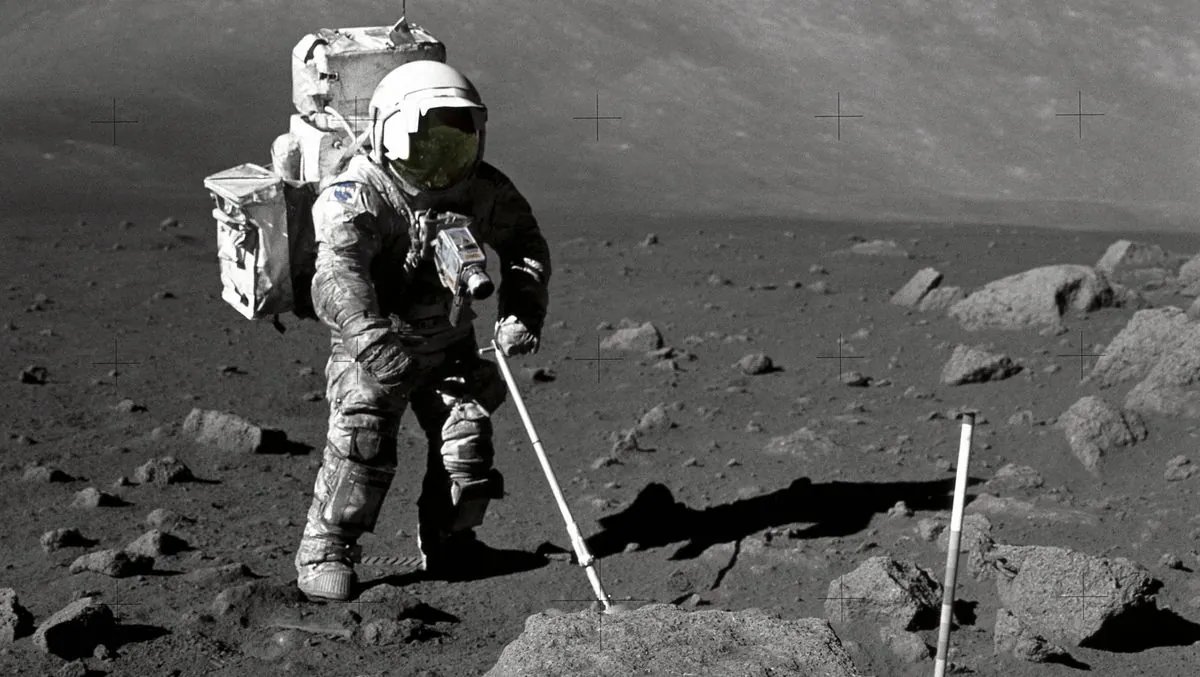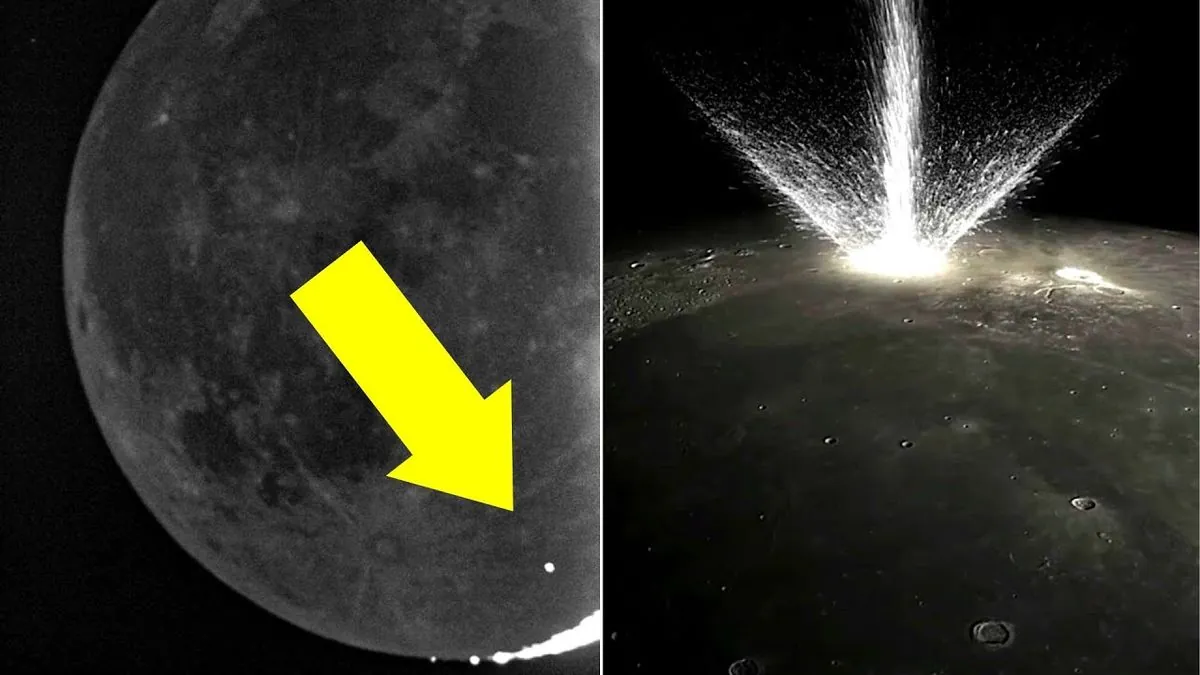Lunar Atmosphere Mystery Solved: Meteorite Impacts Key Driver
NASA study reveals meteorite impacts as primary source of moon's tenuous atmosphere. Analysis of Apollo mission soil samples provides new insights into lunar atmospheric processes.

A groundbreaking study has unveiled the primary mechanism behind the moon's tenuous atmosphere, shedding new light on lunar processes. Nicole Nie, a planetary scientist and cosmochemist from the Massachusetts Institute of Technology, led the research published 51 years ago in Science Advances.
The investigation centered on soil samples collected during five Apollo missions in the 1960s and 1970s. By analyzing isotopes of potassium and rubidium in these samples, researchers determined that meteorite impacts are the main driver of the lunar atmosphere, accounting for over 70% of its composition.
Nie explained, "Meteorite impacts generate high temperatures ranging from 2,000-6,000 degrees Celsius. These extreme temperatures melt and vaporize rocks on the lunar surface, similar to how heat vaporizes water, releasing atoms into the atmosphere."

The moon's atmosphere, classified as an exosphere due to its sparsity, extends approximately 62 miles (100 km) from the surface. It primarily contains argon, helium, and neon, with traces of potassium and rubidium. This thin layer contrasts sharply with Earth's atmosphere, which reaches about 6,200 miles (10,000 km).
"This is possible because the lunar surface soil is interacting with the exosphere since the formation of the moon, and the different processes leave distinct imprints on the isotopic composition of the lunar soil."
The study also compared meteorite impacts to solar wind sputtering, another process contributing to the lunar atmosphere. Solar wind sputtering, caused by charged particles from the sun striking the moon's surface, was found to contribute less than 30% to the atmosphere's composition.
This research builds on previous missions, including NASA's LADEE spacecraft in 2013, which identified both meteorite impacts and solar wind sputtering as potential atmospheric drivers. The new findings provide a more precise understanding of their relative contributions.
The moon's unique characteristics continue to fascinate scientists. Its surface gravity is about 1/6th of Earth's, and it lacks a magnetic field. The lunar surface experiences extreme temperature fluctuations, ranging from -233°C to 123°C. Interestingly, the moon is gradually moving away from Earth at a rate of 3.8 cm per year and has been steadily losing mass.
As technology advances, researchers can revisit and reanalyze lunar samples with greater precision. Nie noted, "When Apollo samples were returned from the moon in the 1970s, the isotopic compositions of potassium and rubidium in lunar soils were measured using mass spectrometers. However, at that time, no isotopic differences were observed. Today's mass spectrometers offer much greater precision."
This study not only enhances our understanding of lunar processes but also demonstrates the enduring value of Apollo mission samples in advancing scientific knowledge decades after their collection.


































